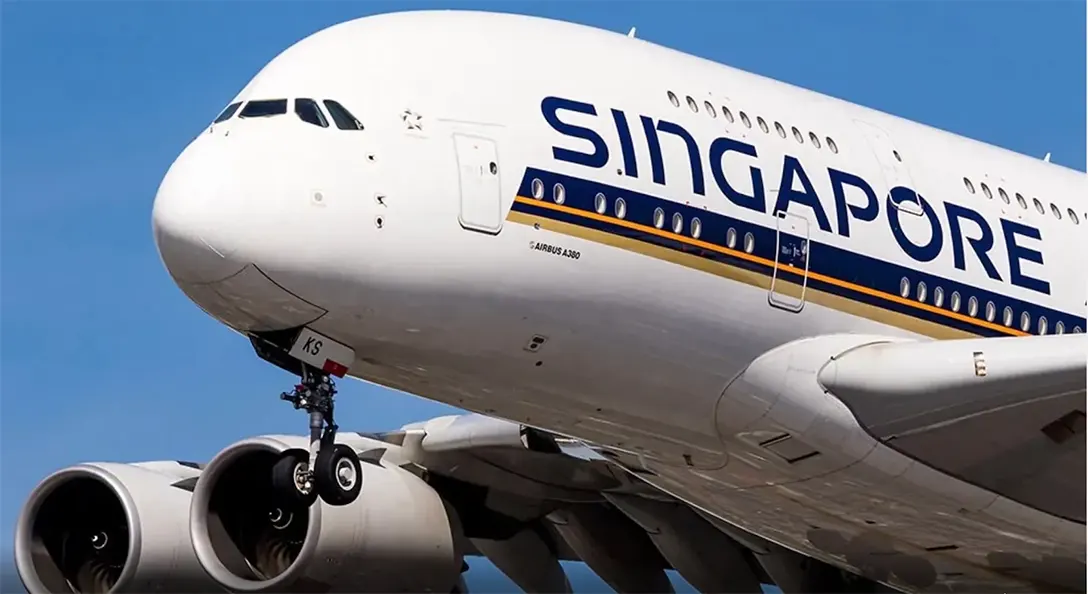30 May 2011
SIA’s plan for long-haul budget carrier lends credibility to AirAsia X IPO and business model
Singapore Airlines‘ plans to start a long-haul budget carrier have added credibility to AirAsia X/s business model and augurs well for the latter’s proposed initial public offering (IPO) exercise.

“SIA would have studied this plan extensively before deciding to embark on it. The plans will definitely help us with our IPO and will give us credibility – there is a market for running a long-haul low-cost airline,” AirAsia X Sdn Bhd chief executive officer Azran Osman-Rani told StarBiz.
AirAsia X is most likely to appoint its IPO advisers next month to raise between RM900mil and RM1bil.
“What is important now is that we do not lose our four-year lead as an airline we cannot lose our first-mover advantage. Now is not the time to scuttle and not grow; key issues that need to be addressed include route approvals and key infrastructure like klia2 (the new low-cost carrier terminal) being up and running on time,” he said.
Azran said it was vital for AirAsia X to fully capitalise the next 12 months (before SIA’s new airline starts operation) and grow as quickly as it could.
According to data compiled by the Centre for Asia Pacific Aviation, SIA recorded a passenger growth of some 11% over the past decade, having transported 16.6 million passengers as at the end of its fiscal year on March 2011. Meanwhile, Changi airport grew 32% over the decade, recording 42 million passengers as at end last year.
Changi’s growth was not led by SIA, which had seen its market share erode from 50% to 35% in the last three years. Other airlines, notably low-cost carriers, had helped Singapore’s airport grow.
While Changi grew 13% to 42 million passengers last year (year-on-year), Kuala Lumpur International Airport grew 14.8% to 34.1 million passenger in 2010 from a year ago.
A local analyst pointed out that Changi’s traffic growth rate was lagging behind Jakarta and Kuala Lumpur, and if the momentum continued, Changi would be a smaller airport in the next five years and could lose its prominence as the hub of the region.
“Malaysia needs to realise that we have a head start (in LCC space). AirAsia has shown that you can succeed where there is competition. For instance, there were concerns when Tiger Airways was launched but AirAsia has continued to grow and succeeded,” said Azran.
SIA wanted to establish a new no-frills, low-fare airline operating wide body aircraft on medium and long-haul routes. The move was to help the group serve a largely untapped new market and cater to the growing demand among consumers for low-fare travel, following an extensive review and analysis.
To be operational in a year, it will be wholly-owned by SIA but operated independently and managed separately from SIA.
“As we have observed on short-haul routes within Asia, low-fare airlines helped stimulate demand for travel, and we expect this will also prove true for longer flights,” SIA CEO Goh Choon Phong said in a statement.
Analysts have mixed views on SIA branching out into the long-haul low cost model.
Kim Eng Securities said in a report that SIA was well-suited to run a budget airline as the airline has been very cost conscious despite its premium branding.
“Other than technical know-how and operating experience, having SIA as a parent brings several advantages, such as bulk purchasing and cheap funding,” the report said.
While some overlap on routes could be expected, budget airlines could create their own market of new travellers and SIA was unlikely to risk its profitable branding on its own premium product, Kim Eng added.
However, OSK Research expects SIA’s long-haul budget airline to be value destructive to SIA’s premium branding and would potentially dilute yields. “A key to succeeding in the low-cost business is generating passenger volume and we believe this could succeed for shorter haul routes as revenue and high margins are primarily driven by ancillary income initiatives,” it said.
Although Australia’s Qantas Airways has successfully differentiated its LCC product with subsidiary Jetstar, there were airlines that have attempted similar feats such as Oasis Hong Kong, but failed due to their inability to shift to a low-cost base structure.
“SIA may face this hurdle although we think the group stands a better chance of succeeding compared with Malaysia Airlines given its tight cost discipline,” OSK Research said.
Source: The Star.
Site Search
Did you find what you are looking for? Try out the enhanced Google Search: